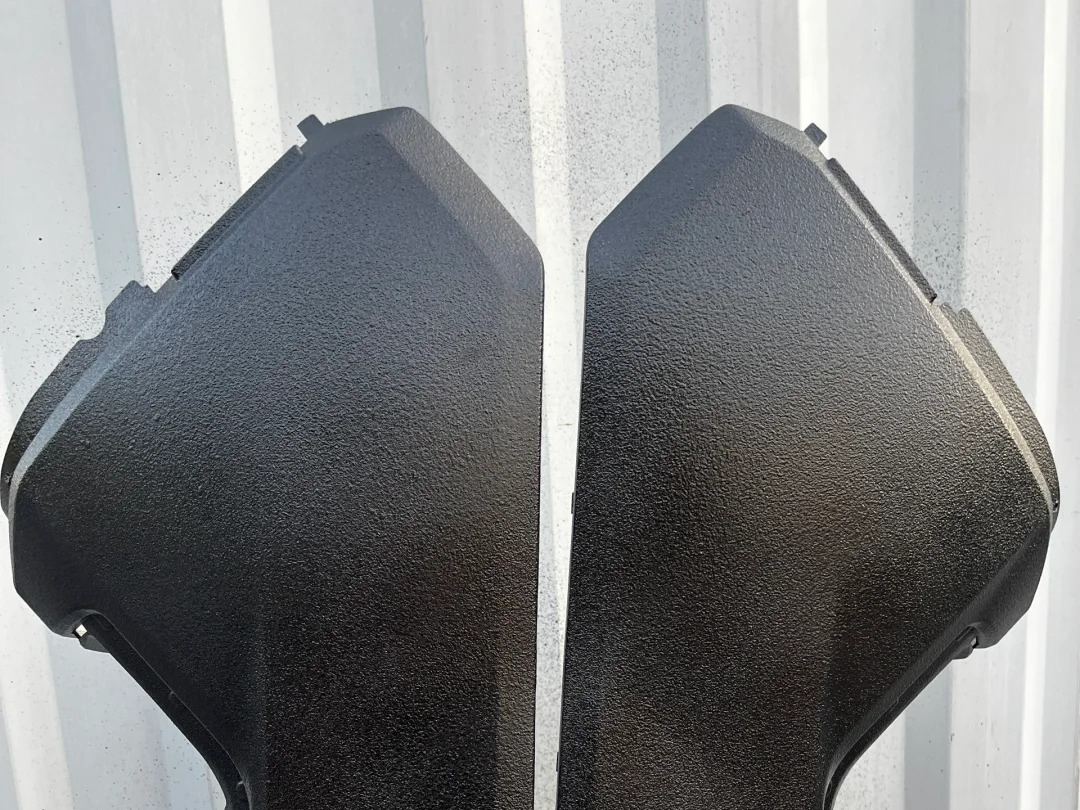Lacquer Coating: Achieving a High-Gloss, Protective Finish for Custom Parts
Introduction
Lacquer coating is a fast-drying, solvent-based surface treatment that delivers a high-gloss finish and moderate protection to 3D printed parts. Popular for aesthetic enhancement and basic surface sealing, lacquer coatings offer excellent visual clarity, color depth, and gloss, making them ideal for consumer electronics, prototypes, decorative items, and low-wear industrial components. This coating process is valued for improving surface smoothness and visual appeal without compromising part geometry or adding significant weight.
This blog explores how lacquer coating works, its advantages for 3D printed components, compatible materials, real-world application cases, and how it compares with other finishing solutions. You'll gain insight into determining if lacquer coating is the right post-process for your next custom part project.
How Lacquer Coating Works and Quality Assessment Criteria
Lacquer coatings are applied as a clear or pigmented liquid dries through solvent evaporation, leaving behind a thin, smooth, protective film. The coating enhances surface luster and protects the substrate from moisture, light abrasion, and environmental exposure.
Key Quality Assessment Criteria:
Gloss Level: Evaluated using gloss meters (per ASTM D523), lacquer coatings typically achieve >90 gloss units at 60°, providing a highly reflective finish.
Dry Film Thickness (DFT): Lacquer coatings usually range from 10–30 µm thick, measured using eddy current or magnetic induction gauges (ASTM D1186).
Adhesion Strength: Measured by crosshatch adhesion testing (ASTM D3359), lacquer coatings bond well to smooth substrates such as ABS or resin parts.
Dry Time: Lacquers are known for their rapid drying, with touch-dry times as short as 10–15 minutes and full cure achievable within 24 hours.
Lacquer Coating Process Flow and Key Parameter Control
The application of lacquer coating involves controlled steps to achieve optimal results:
Surface Preparation: The 3D printed part is cleaned and lightly abraded (if needed) to ensure adhesion. Surface roughness is typically maintained below Ra 1.0 µm.
Coating Application: Lacquer is applied via spray, dip, or brush, depending on part complexity and production volume.
Flash-Off: The solvent evaporates shortly after application, with flash-off times typically ranging from 5–10 minutes before handling.
Curing and Drying: Air drying or low-temperature oven curing (40–60°C) completes the process. Multiple coats may be applied to build up gloss or color depth.
Final Inspection: Gloss, thickness, clarity, and adhesion are inspected to ensure the coating meets visual and functional standards.
Applicable Materials and Scenarios
Material Type | Common Grades | Applications | Industries |
|---|---|---|---|
Consumer device covers, display models | Consumer Electronics, Prototyping | ||
Prototypes, decorative objects | Product Design, Medical | ||
Cosmetic trim, low-wear casings | Automotive, Aerospace | ||
Low-contact visual components | Industrial, Decorative Hardware |
Lacquer coatings are best applied to parts that require high visual appeal with minimal exposure to abrasive or corrosive environments. It is often used on 3D printed plastics and resins where other protective coatings may be unnecessary or cost-prohibitive.
Advantages and Limitations of Lacquer Coating for 3D Printed Parts
Advantages:
Exceptional Gloss and Clarity: Provides a bright, polished finish that enhances the appearance of colored or transparent parts.
Fast Application and Drying: Enables quick turnarounds, especially beneficial for prototyping or small-batch production.
Low Film Build: Adds minimal thickness, preserving detailed features and tight tolerances.
Versatile Aesthetics: Available in transparent, colored, and metallic tints with options for matte, satin, or gloss finishes.
Limitations:
Limited Durability: Offers moderate protection against scratches and moisture but is unsuitable for heavy-duty environments.
Chemical Sensitivity: Can degrade under exposure to strong solvents or UV unless top-coated or specially formulated.
Maintenance: Requires gentle cleaning and occasional recoating for parts subject to handling or display wear.
Lacquer Coating vs. Other Surface Treatment Processes
Surface Treatment | Description | Finish Type | Durability | Gloss Potential | Applications |
|---|---|---|---|---|---|
Solvent-based, fast-drying topcoat | High-gloss to matte | Moderate | High (>90 GU) | Consumer, Decorative | |
UV-cured resin coating | Gloss or satin | High | High | Automotive, Medical | |
Thermoset powder cured by heat | Matte to gloss | Excellent | Medium–High | Industrial, Automotive | |
Solvent or water-based spray or dip | Customizable | Moderate | Medium–High | All Industries |
Application Cases for Lacquer-Coated 3D Printed Parts
Consumer Electronics Housings: Lacquer coatings provide a high-gloss finish on ABS and PC parts used in smartphones, remotes, and audio devices, enhancing tactile feel and visual appeal.
Display Prototypes: Product models with lacquered transparent resin surfaces simulate the final manufactured appearance, improving stakeholder feedback.
Medical Device Casings: Lacquer coatings on 3D printed enclosures ensure easy cleaning and protection from handling without impacting medical aesthetics.
Interior Trim Components: Automotive decorative trim elements benefit from lacquer coating’s high clarity and reflective properties, increasing showroom value and perception.
FAQs
What is lacquer coating, and how does it enhance 3D printed parts?
Which 3D printed materials are compatible with lacquer coating?
How does lacquer compare to UV coating or powder coating?
Is lacquer coating durable enough for functional parts?
What industries use lacquer coating on 3D printed components?

